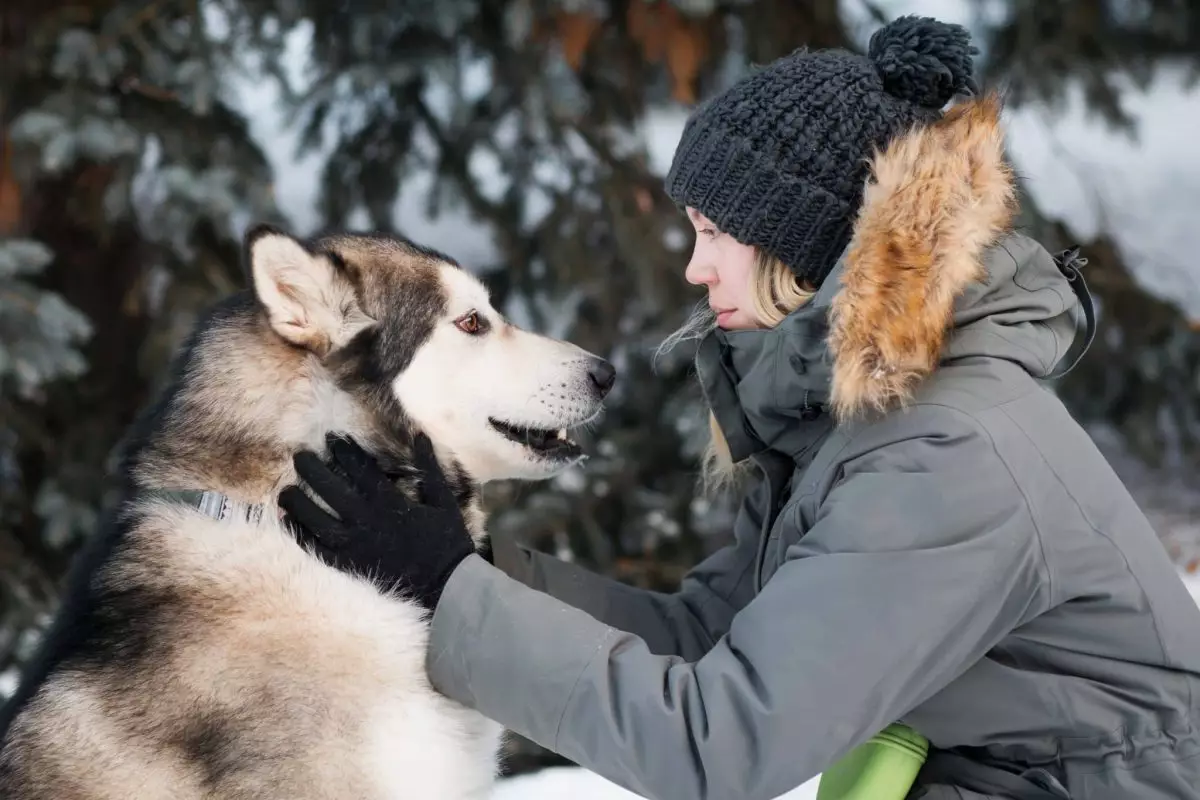The bond between humans and dogs has spanned thousands of years, weaving an intricate tapestry of companionship across cultures and civilizations. Beyond being mere pets, certain breeds have transcended the ordinary, embodying the hopes, beliefs, and traditions of the societies that revered them. In examining these breeds, we can uncover not just the traits that make them unique but also the powerful roles they played throughout history, offering deep-rooted connections to their communities.
The Silent Hunters: Basenjis and Their Mystique
Originating from Central Africa, the Basenji is often heralded as the “barkless dog,” a name that speaks to its unique vocalizations and the air of mystery that surrounds it. Unlike other breeds, this dog communicates through a series of yodel-like sounds, creating an enigmatic presence that has captured human interest for generations. In the eyes of the Pygmies of the Congo, Basenjis were more than hunting companions; they served as spiritual mediators between the living and the ancestral realm. The fact that they were often bestowed upon Egyptian pharaohs showcases their esteemed status, marking them not just as pets but as symbols of elegance and sacred legacy.
The Royal Canine: Saluki’s Noble Essence
Regarded as one of the world’s oldest dog breeds, the Saluki holds a prestigious position in the history of the canine species. Revered by ancient Egyptians, Persians, and Bedouins, this graceful sighthound was not merely bred for its hunting prowess but was also viewed as a gift from divinity. Their ethereal appearance and unmatched speed have led to depictions alongside royalty in ancient art, cementing their legacy as the “Royal Dog of Egypt.” In Bedouin culture, harming a Saluki was considered sacrilege, highlighting the deep respect and spiritual significance attached to this breed.
A Symbol of Loyalty: The Akita’s Enduring Legacy
The Akita, intrinsically woven into Japanese culture, embodies loyalty and protection. Favored by samurai and elite families, Akitas were seen as guardians, warding off malevolent spirits and bringing prosperity to their owners. The story of Hachikō, the devoted Akita waiting for his deceased owner at a train station, illustrates the breed’s steadfast fidelity, endearing them to the hearts of many Japanese citizens. Statues of Akitas, gifted as tokens of goodwill, further solidify their place as enduring symbols of devotion.
The Xoloitzcuintli: Guardians of the Afterlife
Known for its striking appearance, the Xoloitzcuintli, or Xolo, was profoundly revered by ancient Mesoamerican civilizations like the Aztecs, Toltecs, and Maya. Considered sacred, these dogs were believed to guide souls through the afterlife, demonstrating their elevated status in spiritual and societal realms. Xolos, often found mummified alongside their owners, were not only companions but healers, valued for their warm, hairless bodies. Their status amongst the elite would undoubtedly ensure them a thriving social media following in contemporary times.
Guardians of the Mountains: The Tibetan Mastiff’s Legacy
With origins dating back to ancient Tibetan monasteries, the Tibetan Mastiff has long been celebrated as a powerful guardian. These majestic beasts were thought to harbor the spirits of monks, granting them an almost mythical presence. Their imposing size and strength made them essential for protecting livestock and sacred spaces in the treacherous Himalayan environment. The Tibetan nobility cherished these dogs, offering them as gifts to Chinese emperors, further solidifying their royal lineage.
Mystique in Motion: The Pharaoh Hound
Despite its name suggesting an Egyptian heritage, the Pharaoh Hound actually hails from Malta. Its sleek physique and amber gaze evoke images of ancient Egypt, where it was celebrated for its agility and elegance. The breed, known as Kelb tal-Fenek, was employed for hunting rabbits, becoming a valuable resource for those who understood its capabilities. The companionship of the Pharaoh Hound offered not just utility but also a connection to the rich history of Mediterranean civilizations, marking it as a breed that effortlessly weaves elegance with functionality.
Little Guardians: The Sacred Lhasa Apso
In Tibet, the Lhasa Apso was revered not just as a dog but as a spiritual entity believed to hold the reincarnated spirits of monks. These small yet noble guardians were gifted to dignitaries and held in high esteem, often preventing theft and intrusions in Buddhist temples. Their long, flowing coats and keen senses made them excellent protectors, and despite their small size, they embody the essence of majesty and spirituality that has become synonymous with Tibetan culture.
Survivors of the North: The Alaskan Malamute’s Role
The Alaskan Malamute is not merely a breed but a cornerstone of survival for Arctic communities. Bred by the native Mahlemut people, these dogs were essential for hauling sleds and hunting in one of the planet’s harshest climates. Their strength and loyalty meant they were treated more like family than mere working animals. This breed’s resilience and partnership with humans represents a deep, symbiotic relationship that signifies more than just utility; it embodies the spirit of collaboration necessary for survival in extreme conditions.
These breeds were not just companions—they were the cultural ambassadors of their time. As we reflect on their storied pasts, we understand that the bond between humans and dogs is a tapestry woven with threads of loyalty, spirituality, and shared history. The reverence for these breeds is a testament to the significant roles they have played in shaping civilizations, influencing not just lifestyles but beliefs and cultures across time and space.

